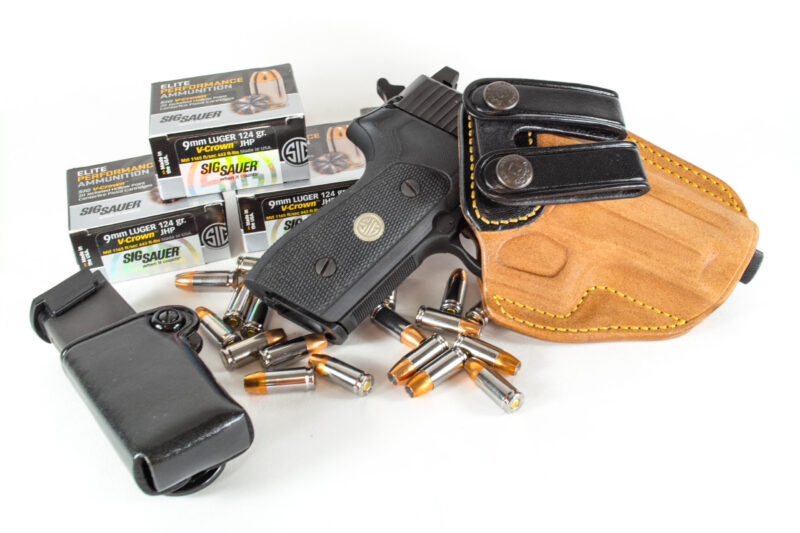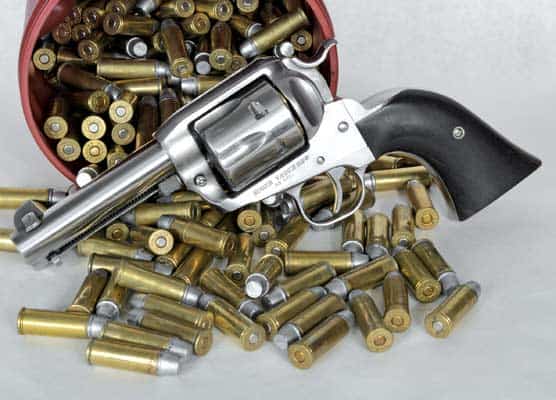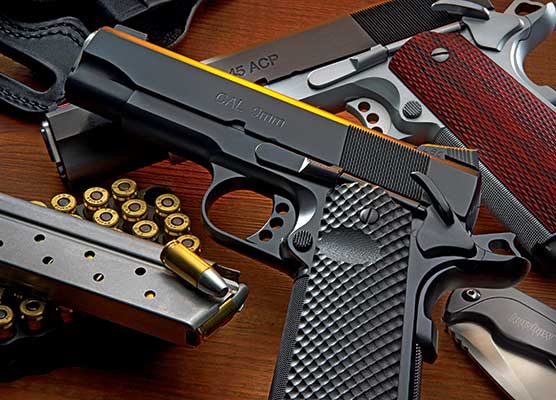Test Yourself Like the Pros
A Fun Way to Train and Measure Progress
Over the years, I’ve enjoyed both exposing my total lack of skill and a glorious feeling of shooting awesomeness — all on the same day. How’s that? Read on …
While heading to the range for a session of consequence-free plinking is no doubt enjoyable, and I highly recommend it frequently, it won’t do much to improve your skills. Think about how all those flashy and highly compensated self-help gurus blather on and on about goals requiring timelines, measurable results and all those other boring things, at least compared to mindless plinking.
While “drills” is a word that summons multiplication table flashcards and similar nightmarish thoughts, I have found one way to train, improve my skills and quantify those improvements — all while having a great time. The secret? Qualification courses.
Yes, many police hate the annual qualifications. At my local range, I often see uniformed officers practicing diligently, with no small amount of stress, because the annual quals are right around the corner. But I’ll take the controversial view that done voluntarily by someone interested in the joy of shooting; they can be not only beneficial but fun.
For a skilled shooter, a standard qualification can be, well, easy. It might develop that fleeting “awesomeness” feeling. For new shooters, a passing score might be cause for debilitating stress. And even for seasoned shooters, some qualifications are harder — much harder — than others. Let’s consider a couple.
The FBI Qualification
My understanding is the Feebs have relaxed their qualification over the past few years. Whatever. I like the old one as it has some 25-yard shooting involved — a great skill for any shooter that’ll expose stance, grip and trigger discipline problems.
This is one that falls into the category of great practice for the experienced and stress-inducing for the less practiced. The par times for various stages aren’t abusive, but you do need to keep moving right along on a couple. For example, the stage involving a reload requires some focus and speed.
The version I like is a 50-shot program spread over 10 stages, ranging from 3 to 25 yards. Here are a few highlights to give you a flavor, but if you want the details of the course of fire, you can download it here.
From 3 yards, you’ll fire 3 from the strong hand, switch hands, and 3 more from the week.
From 5 yards, you’ll draw and fire 3 in 3 seconds and more from the low ready.
From 7 yards, you’ll draw and fire 5 in 5 seconds.
At 15 yards, you get more time, drawing and firing 3 in 6 seconds and more from the low ready.
At 25, you get plenty of time to fire 8 from standing and then kneeling. The par is 20 seconds, and every first-timer, after being instructed that they “have all day” to shoot, cranks off all 8 in less than 10 seconds. Pressure of the clock I guess.
Air Marshal Qualification
Back in the day, this qualification was for the top 1 percent of shooters. Think about the skills one needs to shoot under stress in an airplane cruising at 35,000 feet and chock full of sardines, I mean people. Again, I’ve heard this one has now been relaxed, too, so, like the FBI Qualification, my favorite is the old-school version we’ll discuss here.
First, consider that this whole course of fire is done from real, and I do mean real, concealment. If you’re geared up in such a way you would walk onto a commercial airliner and not be “outed,” then you’re good to go. Anything less is cheating, whether we’re talking gun or magazine carriers. All. Must. Be. Hidden. For. The. Whole. Course. Of. Fire.
Since terrorists are inconsiderate enough to travel in packs, this program uses from one to three targets. All shots are from 7 yards, as airplanes aren’t that big. The target is a standard QIT-99, which is a large silhouette with a narrow bottle shape in the middle. That’s your primary focus as the vast majority of your shots need to land there, else you fail.
Here’s the catch. You need to shoot this entire course cold and you only get one go at it. If you fail, come back another day. No reshoots, no repeats of stages.
Here’s the other catch. The par times are life and death. If you miss one anywhere in the qualification, you fail the whole thing. Period, paragraph, end of story. Come back another day. Oh, and you can’t fly in the meantime because you’re unsafe with a gun in an airplane, assuming you’re a certified Air Marshal of course. Remember, the rest of us can’t carry guns on airplanes at all.
The course is a bit complicated, so you can download the instructions and course of fire here.
Remember, as Mrs. Buttercluck said in 4th-grade math, if you cheat, you’re only cheating yourself.
—
Get more exclusive online content delivered straight to your inbox. Sign up for our free American Handgunner Insider newsletter.







